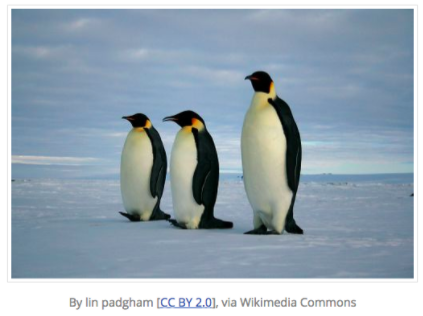There is no doubt about it – the Internet is a goldmine for engaging course material.
It’s a place where knowledge and resources are created, shared and distributed freely for our collective consumption. Think of all the headlining news articles, topical videos, pictures and animations we consume daily that inevitably teach us about a topic.
Having a wide source of engaging material in your online course enables students to experience a subject in a broader context and reflect on how it applies to people and the world today.
It could be tempting to incorporate these material into your course on the basis that they’re already readily available for everyone, but have you ever asked yourself:
"Am I allowed to use this?"
Despite how freely content is shared on the Internet, taking someone else’s work might be an infringement of copyright.
It may lead to a copyright claim being made on your course—especially if you are selling your online course and generating profit from it.
Copyright is a set of rules that protect authors and creators of original content from having their work reproduced or redistributed without their permission.
➡️ Read: 5 myths about copyright and plagiarism in online learning.
In order to use copyrighted material, you need to get express permission from the author or have an open license to use it. The easiest way to prevent a copyright claim is to avoid using copyrighted material in your course. Instead, opt for original or open-licensed material.
Fortunately, the amount of open-licensed material available on the Internet is growing daily. Some popular options include:
Creative Commons are dedicated to providing open-licensed material to the public with attached conditions. You can read all about the different licenses and conditions here.
For example, you can use BY-NC material if you provide attribution and the purpose is non-commercial; BY-NC-ND if you provide attribution, the purpose is non-commercial and no changes are made to the work.
One core condition among all CC-licensed material is attribution. This means giving credit to the creator and linking the source and terms of the license (see the image below for an example).

Unlike Creative Commons, where some copyright is still reserved, CC0 and Public Domain material have no copyright attached to it.
Anyone is free to use, copy or modify CC0 or Public Domain work for any purpose, including commercial.
Australian copyright law also allows some exceptions for particular uses.
Educational institutions such as schools, universities and TAFEs are permitted to use a reasonable portion of works - roughly 10% or one image and one book chapter - if it is for educational purposes.
A growing number of teaching and learning materials have been created or released for public use at no cost and without asking for permission from the author. These are referred to as Open Educational Resources or OER.
You can find a digital library of public OERs at OER Commons. They range from textbooks to videos, curricula and lecture notes.
The following websites host or search from a library of stock photographs and images that have been released under CC0.
Flickr provide images licensed under Creative Commons. Be sure to check the license for the terms.
Wylio is a dedicated search engine for Creative Common images. There are free and paid options.
Another tip is to filter Google images based on the license type that is suitable for your use (see image below).

YouTube and Vimeo provide a license to use their videos as long as you use their Share or Embed function.
Always check individual sites for their Terms of Service or their Copyright rules.
Always check the license and terms in which you can copy, use or share a creative work.
When attributing CC-licensed material, avoid deep-linking (directly linking to the image source) as this provides no context of where the image or video came from.
If you know of any other resources that are safe to use, please share them in the comment section below!
